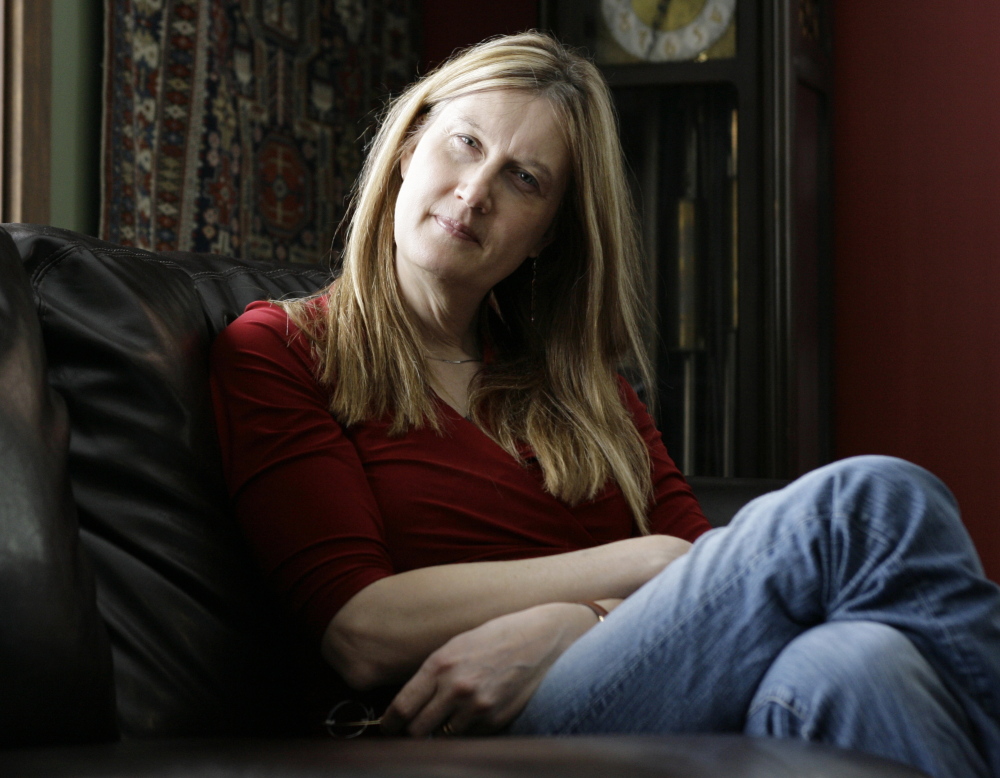NEW YORK — As transgender people strive to gain more acceptance and legal protections, they will soon have a hefty new resource to assist them – a 672-page book, written by scores of transgender contributors, that encompasses social history, gender politics and wide-ranging advice on health, law, relationships and many other matters.
Encyclopedic in scope, conversational in tone, and candid about complex sexual issues, the Oxford University Press book being released in mid-May is titled “Trans Bodies, Trans Selves” – a deliberate echo of a pioneering feminist health-resource book, “Our Bodies, Ourselves” that appeared more than 40 years ago
The new book’s editor, New York University psychiatrist Laura Erickson-Schroth, writes in the preface about reading her mother’s copy of “Our Bodies, Ourselves” as a 12-year-old.
“At a time when over 90 percent of physicians were men … it was an extremely daring and exciting thing to publish a book in which women taught other women about their bodies, their sexuality, and their rights,” she wrote.
The goal for “Trans Bodies, Trans Selves,” she writes, was “to make it as radical as its predecessor” – an act of empowerment through which transgender people exert more control over the available information about their lives.
From conception to publication, the book has taken five years to produce. To ensure it reflected diverse viewpoints, the editors, authors and other collaborators held public forums across North America and conducted an online survey that attracted more than 3,000 responses. With more than 200 contributors, Erickson-Schroth described her task as “herding cats.”
“Our community is still conversing among itself about what the important issues are, what it means to be trans,” said Jennifer Finney Boylan, an author and English professor at Colby College in Maine who wrote the book’s introduction. “Is it social, is it medical? Something very private, or something very public?”
The book’s chapters cover a wide range of topics, including race, religion, disabilities, employment, mental health, sexuality and parenting. There are mini-profiles of prominent transgender people from around the world, and analyses of gender-bending books and films, such as “Some Like it Hot” and “Tootsie.”
The chapter on social transition – the aftermath of deciding to go public about a change in gender identity – contains detailed suggestions on how to consider a new name, wardrobe, hairstyle, even a manner of speaking. Transgender people shifting to a masculine identity can lower the pitch of their voices through taking testosterone; those seeking a feminine identity sometimes undergo speech therapy to develop a higher pitch.
Erickson-Schroth said proceeds from the sale of “Trans Bodies, Trans Selves” will go to a nonprofit organization formed by the project leaders to underwrite the cost of future editions.
Boylan chronicled her gender transition in a 2003 autobiography, “She’s Not There: A Life in Two Genders.”
In her introduction to “Trans Bodies, Trans Selves,” Boylan suggests that the multiplicity of personal accounts and viewpoints in the new book might be “staggering” to some readers.
“There will be plenty of stories and reflections that seem contradictory,” she writes. “And yet, it is this abundance that is the strength of our movement. … It is only in speaking our truth – and learning the truth of others – that we can ever hope to be free.”
Send questions/comments to the editors.



Success. Please wait for the page to reload. If the page does not reload within 5 seconds, please refresh the page.
Enter your email and password to access comments.
Hi, to comment on stories you must . This profile is in addition to your subscription and website login.
Already have a commenting profile? .
Invalid username/password.
Please check your email to confirm and complete your registration.
Only subscribers are eligible to post comments. Please subscribe or login first for digital access. Here’s why.
Use the form below to reset your password. When you've submitted your account email, we will send an email with a reset code.